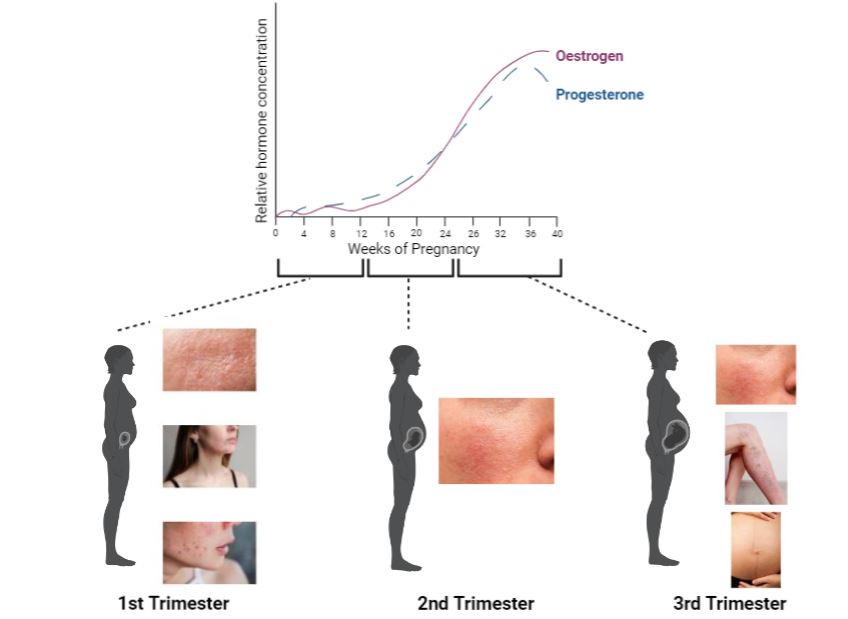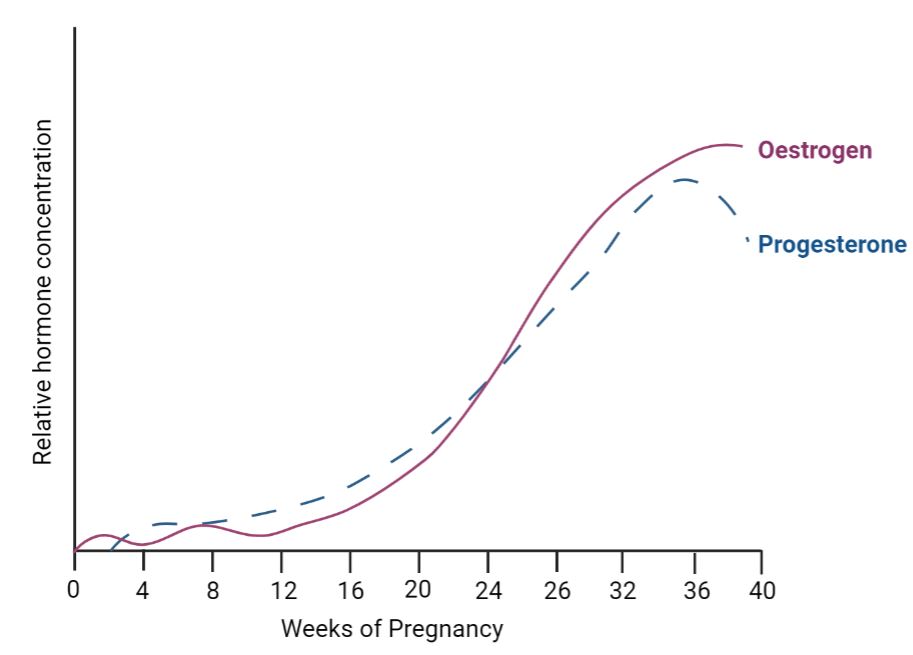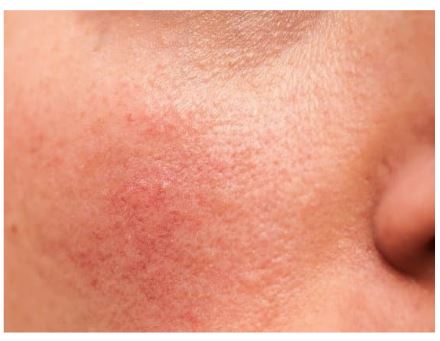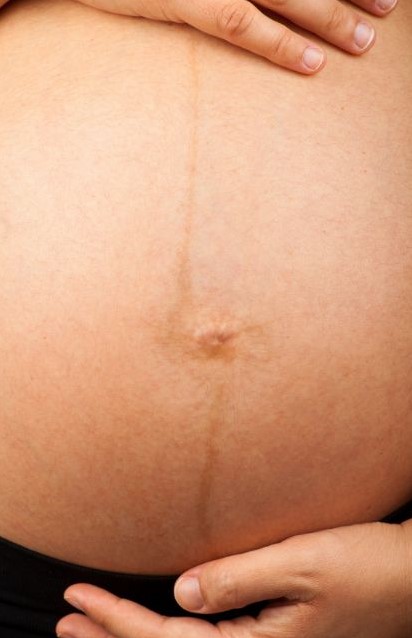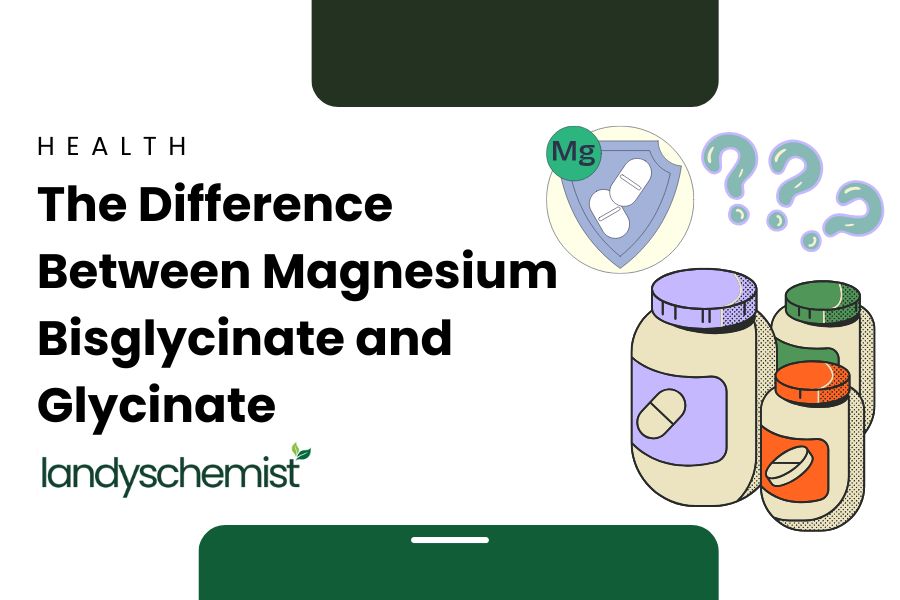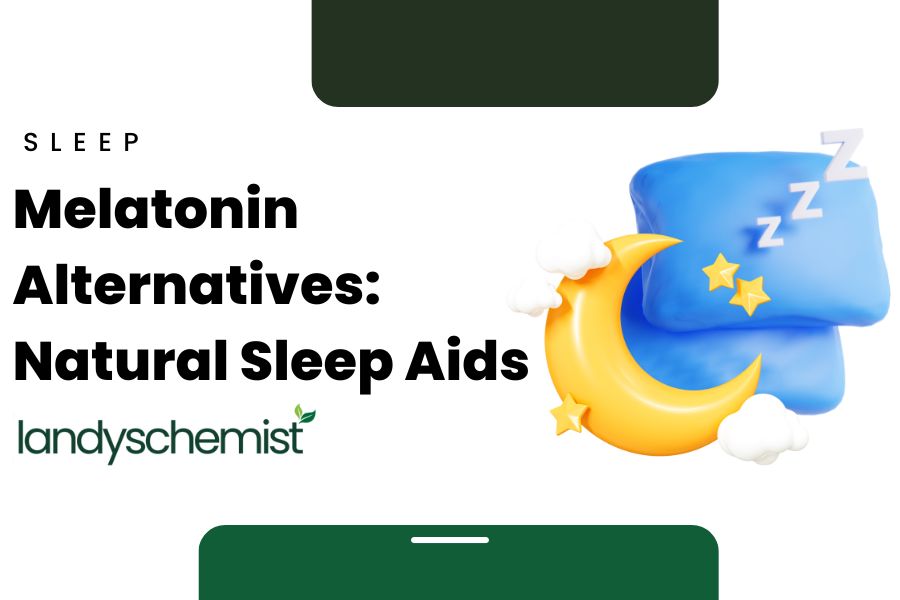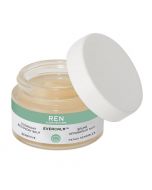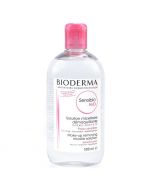
Pregnancy: Understanding why your skin changes
Pregnancy is a transformative period when approximately 90% of women experience noticeable skin changes that can significantly impact their lives.
These changes can be classified as three groups: Physiological changes which are primarily influenced by hormones and can cause changes in skin texture, oiliness or pigmentation, Pre-existing dermatoses (skin defect or lesion on the skin) such as eczema or psoriasis, and Specific dermatoses due to pregnancy which can include pruritic urticarial papules and plaques of pregnancy (PUPPP). Understanding these changes can help expectant mothers better navigate their skin health.
How does the body change during pregnancy?
During pregnancy, the immune response of the mother is altered to allow the foetus to attach to the mother and protect both of them, altering the cytokine profile (molecules which are secreted by cells of the immune system to activate cells). Hormonal changes can affect glucocorticoid levels as well as changes to the skin’s lipid metabolism and microbiome. Additionally, as you have suppressed immunity to protect the baby, and stretched blood vessels, there is an increased chance of surface inflammation.
Additionally, the alteration in hormonal profile including oestrogen, progesterone, and melanocyte-stimulating hormone (MSH) can cause the pores to secrete excess oil, making the skin more prone to discoloration, heat rash and breakouts.
When do skin changes occur during pregnancy?
Many women can experience skin changes as early as the first trimester whilst others do not experience any change.
First Trimester
In the early stages of pregnancy, there starts to become an increase in oestrogen and progesterone. Some women report increased oiliness, acne breakouts or skin sensitivity and itchiness.
Second Trimester
During the second trimester which is often considered the honeymoon period, many women will notice an improvement to the skin due to the increased blood flow and hormonal balance which can give the skin a healthy glow.
Third Trimester
During the third trimester, skin changes become more pronounced and hormonal levels remain elevated. As the foetus is growing, there is an increased amount of pressure placed on the uterus which can put pressure on blood vessels leading to flushed skin or increased vein appearance. Stretch marks may also appear as the skin is stretching and the Linea nigra may become more apparent.
Hormonal Changes During Pregnancy
Oestrogen changes during pregnancy
The placenta will convert androgens (hormones necessary to regulate growth and reproduction) secreted by the maternal and foetal adrenal glands into oestrogen. Oestrogen is necessary to promote foetal viability and triggering synthesis of cortisol. Cortisol is necessary for the development of the brain in foetuses.
Oestrogen levels rise during pregnancy which promotes blood flow to the skin, improving circulation, oxygen and nutrient deliver to the cells giving the appearance of a flushed complexion. It can also cause vascular changes (veins) and discolouration.
Progesterone changes during pregnancy
Progesterone levels surge during pregnancy. Progesterone is necessary in thickening the uterine lining and help prevent the body from ovulating whilst pregnant. It is responsible for relaxing smooth muscles and dilating blood vessels.
Increased blood flow can contribute to a warmer complexion. It also affects the skin’s sebum production, leading to changes in the skin texture and oiliness. It was found that due to an increase in progesterone, and its ability to downregulate an overactive immune response, psoriasis symptoms can be improved.
Melanocyte-stimulating Hormone (MSH) changes during pregnancy
MSH is important for stimulating the production of melanin which is responsible for producing pigment in the skin, hair, and eyes. During pregnancy, MSH levels rise from heightened oestrogen and progesterone levels which lead to increased melanin synthesis. This can result in darkening or hyperpigmentation.
How does the skin change during pregnancy?
A study conducted in 2017 investigated the prevalence of self-reported skin complaints during pregnancy. Of the 1935 women who were questioned, 74% reported skin changes during pregnancy, with the highest reported skin complaint being stretch marks (77%) and then Acne (21%).
Senstivity and redness during pregnancy
During pregnancy, the skin of pregnant women commonly undergoes increased vascularity, primarily from elevated levels of oestrogen and progesterone. These hormonal changes result in the dilation of blood vessels within the skin. Therefore, there is an enhanced blood flow, which contributes to a radiant and healthy complexion. The increased vascularity can also manifest as flushed or reddened skin.
The skin may also become more sensitive and reactive due to a hormonal imbalance which can cause skin to develop a heightened response to certain skincare products or environmental factors such as sunlight or heat.
Acne during pregnancy
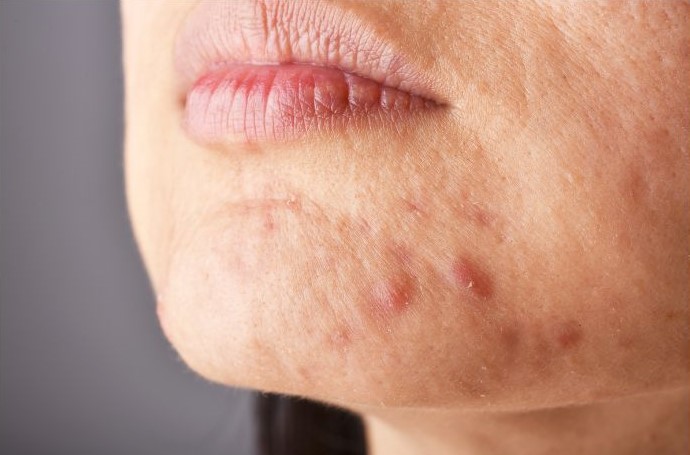
During pregnancy, the third trimester is often associated with increased sebaceous function, which can contribute to the development of acne. This hormonal influence leads to an overactivity of the sebaceous glands, resulting in the production of excess sebum. The increased sebum production, combined with other factors like hormonal fluctuations, can clog pores and promote the growth of acne-causing bacteria. As a result, pregnant individuals may experience acne breakouts, including enlarged sebaceous glands not only on the face but also on the body and areola.
Skin becomes dry during pregnancy
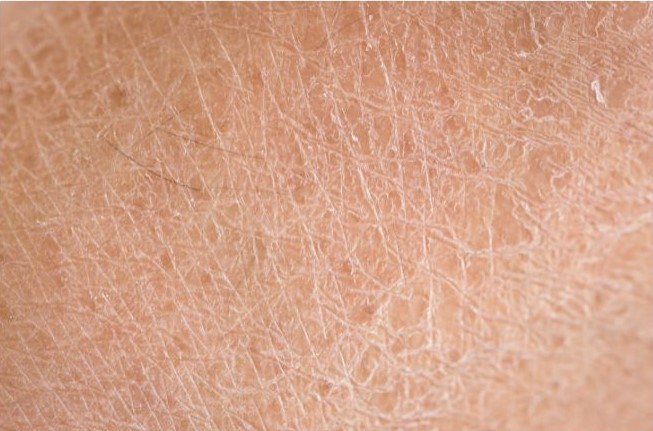
The hormonal changes can also cause a disruption in the natural balance of oil production in the skin causing some to experience dryness.
A conducted study revealed that eczema is a prevalent skin condition during pregnancy, with approximately 60% of patients experiencing symptoms for the first time during this period. This occurrence could be attributed to the changes in the immune response that take place during pregnancy. Specifically, there is a shift in T cell immunity, which are responsible for defending against pathogens and producing antibodies. The immune response tends to favour a specific type of T cell known as type 2 T helper cells. This biased response is believed to have an atopic effect, causing increased sensitivity to allergens and the potential triggering of eczema. This can also cause the sensation of itchiness and discomfort.
Hyperpigmentation and melasma during pregnancy
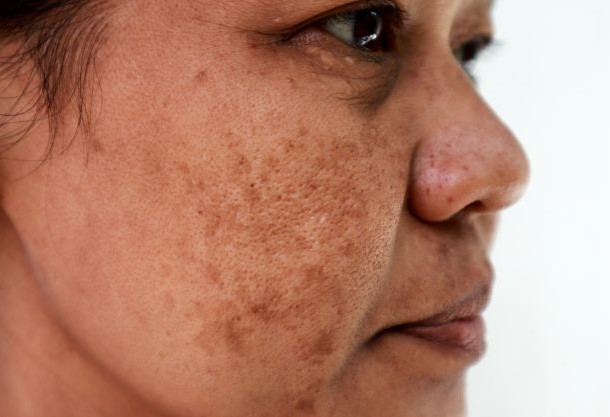
Melasma, also known as "pregnancy mask," is a common skin change during pregnancy, seen in 45-75% of woman in pregnancy. It manifests as dark patches on the face, particularly on the forehead and cheeks.
The increased production of oestrogen, progesterone and MSH stimulates the production of melanin (the pigment responsible for skin colour) and activates melanocytes (the cells producing melanin). Oestrogen increases the amount of melanin produced by melanocytes and oestrogen is augmented by progesterone, causing melanin deposition in the cells of the epidermis and dermis. This can start from the first trimester of pregnancy. These factors combined lead to the development of melasma and hyperpigmentation.
Stretch Marks during pregnancy
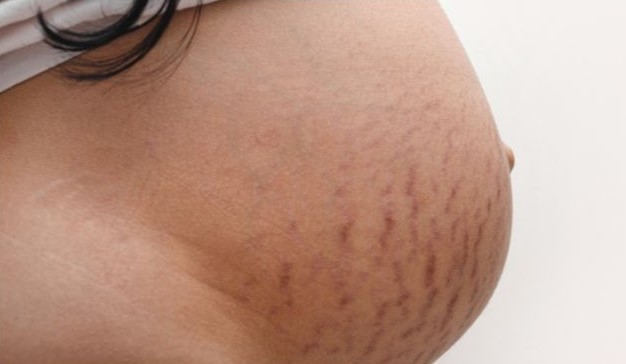
As your body grows, your skin may produce reddish lines which are stretch marks and occur when the skin stretches quickly as the foetus grows. By the third trimester, it is common for up to 90% of women to have stretch marks on the abdomen, buttocks, breast and or thighs.
As the skin stretches, the collagen and elastin fibres within the dermis can become damaged, leading to the formation of reddish or purplish marks. Over time, these marks may fade and appear as silvery-white lines.
Does pregnancy cause vericose veins?
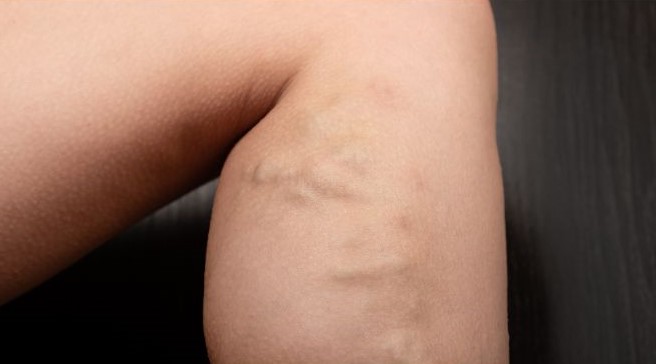
When you are pregnant, there is a lot more pressure and weight on the uterus which can decrease blood flow to the lower body and cause the veins in the legs to become swollen and blue. This can also happen due to the walls of the blood vessels to relax increasing the risk of the valves leaking, further increasing the risk of varicose veins. They cannot be prevented but to ease swelling and soreness, be sure to move around and eat plenty of fibre.
Linea Nigra appearing during pregnancy
Linea nigra is a dark vertical line that runs down the centre of the abdomen during pregnancy. It extends from the pubic area to the navel and is caused by an increase in pigmentation due to hormonal changes. This darkening becomes more apparent during pregnancy. The elevated levels of oestrogen, progesterone, and MSH stimulate melanocytes in the skin, resulting in the darkening of the Linea alba.
Is skincare safe during pregnancy?
Don't hesitate to switch your skincare routine when you’re pregnant, because your skin may not have the same needs as usual and may require a little extra TLC. Look for nourishing and hydrating products to reinforce your skin’s moisture barrier and soothing products if your skin becomes more sensitive.
It’s also especially important to avoid excessive sun exposure and protect your skin from UVA/UVB rays and blue light, because your skin will be more likely to be prone to hyperpigmentation.
It is best to avoid retinol and retinoids when pregnant or breast feeding as it can risk harm to the foetus. Look for ingredients such as glycolic acid or salicylic acid instead. Always ensure to apply SPF every 2 hours if using active ingredients as it can make the skin photosensitive and risk causing more harm.
Ensure to wash the face twice daily, with a mild cleanser. It is important to wash the hair away from the face and choosing non-comedogenic products.
Product Recommendations
This serum is specifically formulated for expectant and new mothers and helps to reduce the appearance of stretch marks thanks to active ingredients and ingredients of natural origin. It utilises avocado peptides and hyaluronic acid to relieve sensations of tightness. It is also hypoallergenic and formulated to minimise the risk of allergic reactions.
This tonic is a leave-on skin refining toner which helps to rid of dead skin cells, and exfoliate away excess oil to provide a smoother, even-looking complexion. It is gentle enough for daily use with smoothing lactic acid (AHA) and pore refining Salicin (BHA).
By Saarah Mengrani, Msc Biotechnology

